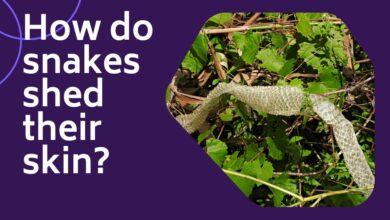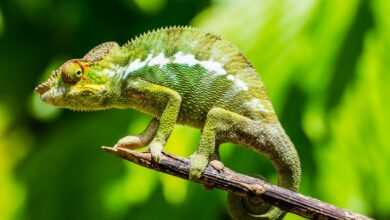7 most dangerous reptile in Texas
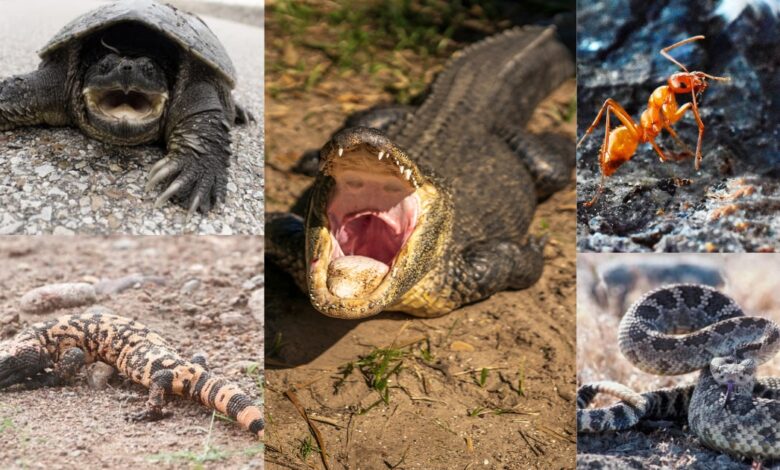
7 most dangerous reptile in Texas
In the diverse ecosystems of Texas, a variety of reptiles coexist, some of which pose potential threats to humans. From venomous snakes to powerful turtles, the Lone Star State is home to several dangerous reptiles. Understanding and respecting these creatures is crucial for residents and visitors alike, as encounters can occur in a range of environments, from forests to waterways. This article provides insight into some of the most perilous reptiles found in Texas, emphasizing the importance of awareness and caution when navigating the state’s wild landscapes.
1. Fire Ants
In the diverse landscapes of Texas, fire ants thrive, especially in warm and moist environments. However, even in drier regions, these relentless ants establish their colonies.
Beyond being a mere nuisance, fire ants inflict significant economic damage, costing the state approximately $1 billion annually. Their stings, delivering solenopsin venom, can cause localized pain, redness, swelling, and itchy blisters that persist for over a week.
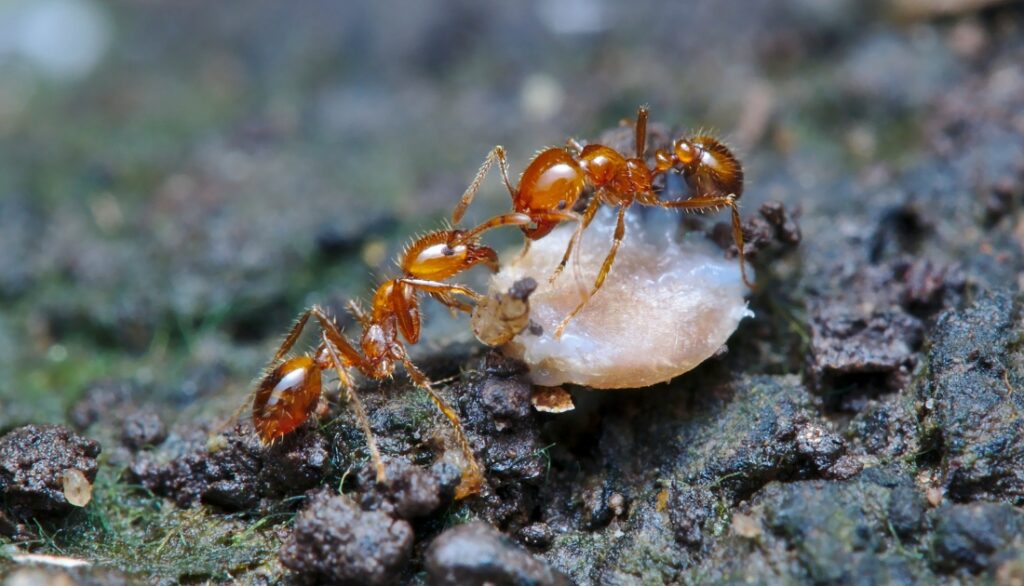
In more severe cases, individuals may experience symptoms such as nausea, vomiting, diarrhea, and even difficulty breathing. Fatalities, though rare, can result from anaphylaxis—an allergic reaction to the venom. The true threat emerges when fire ants attack in large numbers, overwhelming their victims with hundreds of stings. Understanding the risks associated with fire ants is crucial for those navigating the Texan outdoors.
2. Alligators
Alligators are a significant presence in various Texas regions, particularly in the eastern third, encompassing cities like Tyler, Longview, Marshall, and Henderson. These formidable reptiles typically inhabit swamps, rivers, and marshes.
While alligators primarily follow a carnivorous diet, encounters with humans as potential prey are rare. Texas records only one documented alligator attack.
See Also: 10 different animals similar to hyenas
The likelihood of an alligator attacking a human increases when their habitat is disturbed, during breeding season, or when humans are mistaken for regular prey. However, in general, alligators tend to be timid and avoid confrontations with humans.
3. Timber rattlesnakes
Timber rattlesnakes, also known as Canebrake rattlesnakes, rank as the second most significant venomous snakes in Texas.
Predominantly found in the Eastern Third portion of the state, including areas like Tyler and Henderson, these rattlesnakes thrive in forests and woodlands.
While Timber rattlesnakes generally avoid biting humans, a single strike from them can be perilous. Their preference is to retreat from potential threats, resorting to biting only as a secondary defense mechanism.
Possessing potent venom, Timber rattlesnakes inject it with their lengthy fangs when biting human skin. Common symptoms of their bites include localized pain, redness, swelling, as well as nausea, vomiting, diarrhea, sweating, and muscle spasms.
The venom’s destructive nature can lead to tissue damage and blood cell destruction, potentially causing internal hemorrhaging in severe cases. Understanding the risks associated with encounters with Timber rattlesnakes is crucial for those navigating the areas they inhabit.
4. Cottonmouth
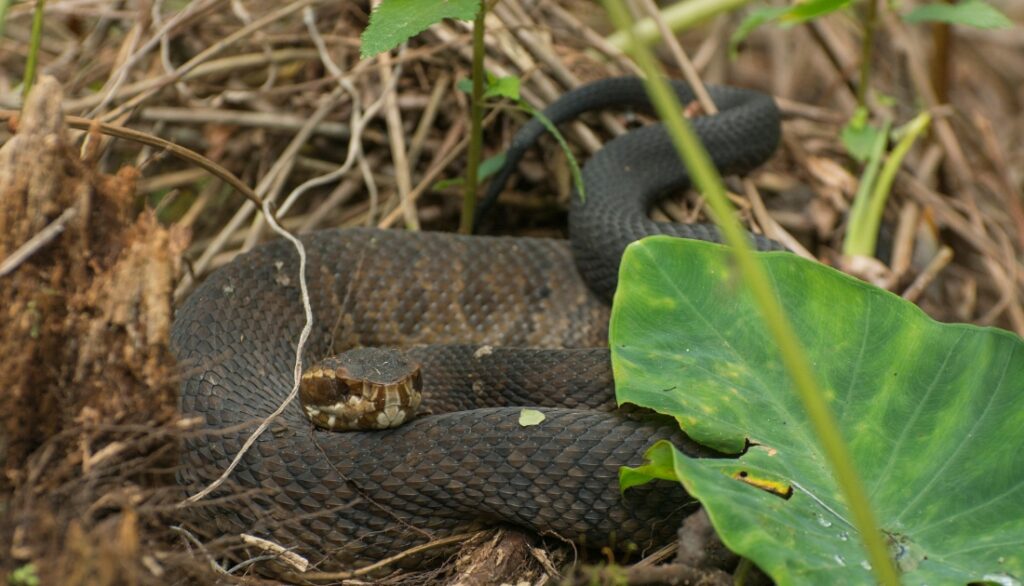
Cottonmouths have a distinctive appearance with a thick body, dark coloration, and a white mouth lining, which they display when feeling threatened.
They are often found in or near water, such as swamps, rivers, and marshes, showcasing strong swimming abilities.
Cottonmouths deliver venom through their bites, which can result in symptoms such as severe pain, swelling, and bruising. In more severe cases, systemic effects like nausea, vomiting, weakness, and even cardiovascular issues can occur.
5. Coral Snake
The Coral Snake, belonging to the Micrurus genus, is a venomous snake found in Texas. Known for its vibrant coloration and slender body, the Coral Snake is venomous and should be treated with caution.
Coral snakes are easily recognizable by their distinctive color pattern of red, yellow, and black rings encircling the body. They prefer wooded areas, gardens, and brushlands, where they can hide among leaf litter and debris.
Coral snakes possess neurotoxic venom, which affects the nervous system and can lead to paralysis. Bites from Coral Snakes may initially produce minimal pain and swelling at the site of the bite. As the venom spreads, symptoms such as blurred vision, slurred speech, difficulty swallowing, and muscle weakness can occur.
6. Snapping Turtle
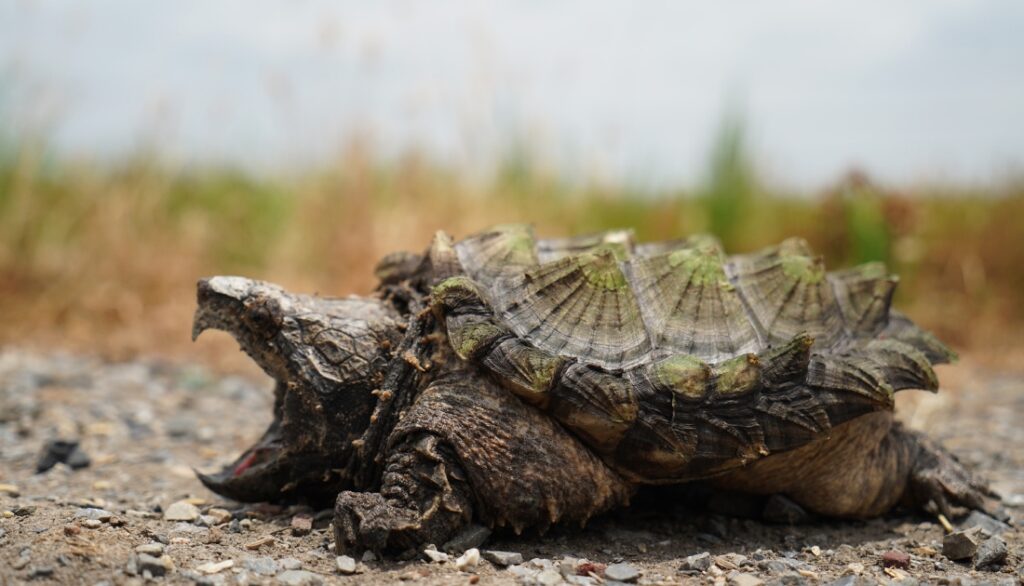
The Snapping Turtle, scientifically known as Chelydra serpentina, is a distinctive freshwater turtle found in various habitats, including ponds, lakes, and slow-moving streams across Texas.
Known for their defensive nature, Snapping Turtles are quick to defend themselves by snapping their powerful jaws. They have a distinct hooked beak, strong enough to inflict injury.
Their shell, known as a carapace, is dark-colored and often covered with algae. It has a rough texture, resembling a miniature landscape. Unlike other freshwater turtles, Snapping Turtles have a long tail, often as long as their shell, with saw-like ridges along its length.
These turtles are adaptable to various aquatic environments, but they may also venture onto land for basking or nesting.
7. Gila Monster
The Gila Monster, scientifically known as Heloderma suspectum, is a venomous lizard native to the southwestern United States and northern Mexico, including parts of Texas.
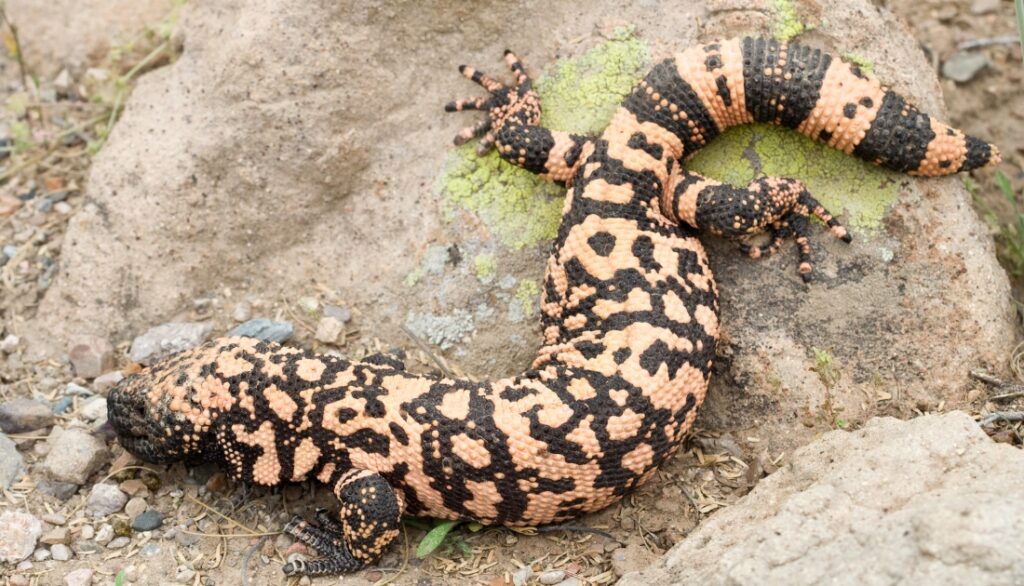
Gila Monsters are one of the few venomous lizards, delivering venom through grooves in their lower teeth. While their bite is painful, fatalities are extremely rare, and their venom is not lethal to humans.
They have a distinctive appearance with black or dark brown bodies marked by bold patterns of pink, orange, or yellow. This serves as a warning to potential predators. Gila Monsters are robust and have a heavy build with a short, stocky tail. They are relatively slow-moving and spend a significant amount of time underground.
These lizards are primarily solitary and are often encountered during the warmer months when they are more active.
